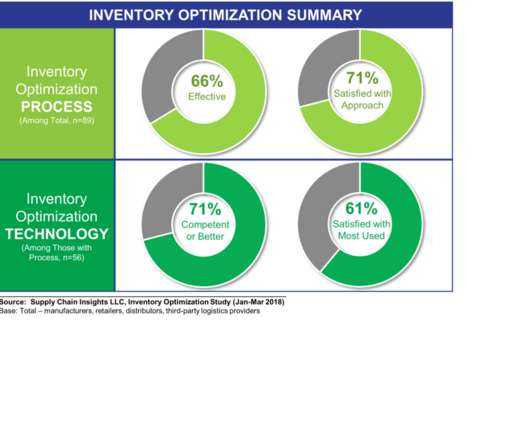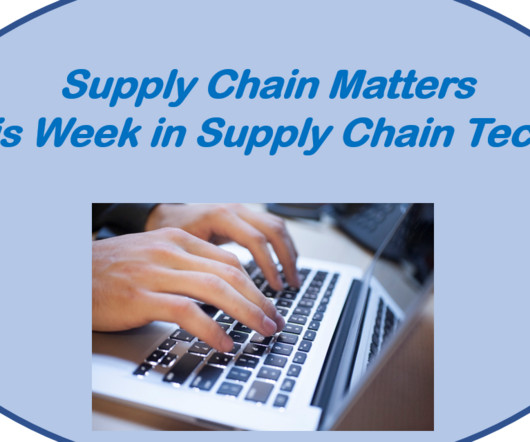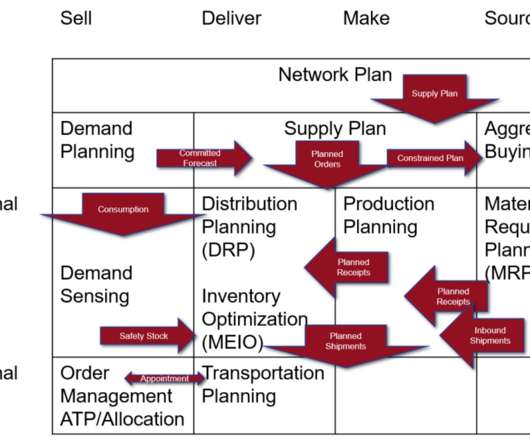Strong Supply Chains Required For an Economic Rebound: Six Steps To Take
Supply Chain Shaman
APRIL 15, 2020
My last post on the Supply Chain Shaman blog was forty-five days ago. Today, we find ourselves in the middle of a risk management case study. News coverage showcases the differences between logistics and supply chain management. Let’s learn and apply it to supply chain management. Today, I am reflective. Time to Know.























Let's personalize your content